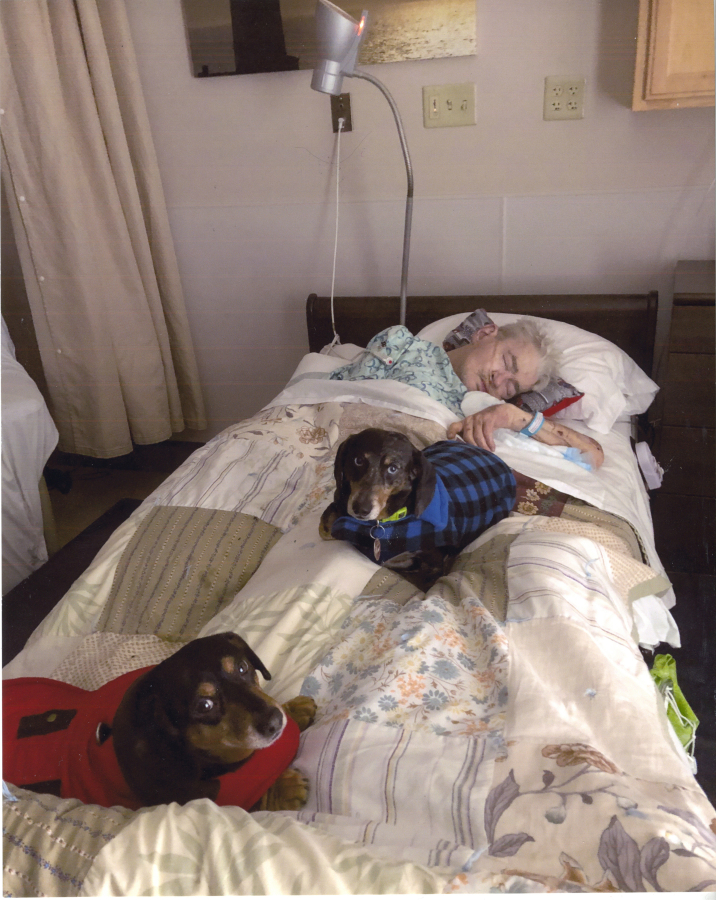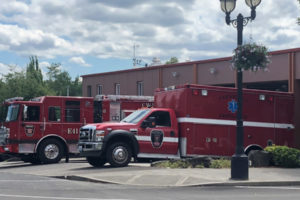A death certificate for Arthur Nichols, the 76-year-old Camas man who died eight days after being rescued from a Valentine’s Day house fire, disputes what several people have held up as a cautionary tale during recent Camas City Council meetings.
“Look at Cathy here,” Camas community member Cherie Johnson urged city leaders at a March 19 council meeting, pointing to Nichols’ longtime girlfriend, Cathy Nagode, in the audience. “She lost her husband. He died because you only have two firefighters to drive a truck or an ambulance. He died from smoke inhalation, not burns. … She doesn’t have a husband because, once again, he died from smoke inhalation.”
Like Nagode and dozens of Camas-Washougal firefighters, Johnson had come to the meeting to convince city leaders they needed to hire more firefighters.
At the heart of their argument? The Valentine’s Day fire, which fire investigators say started in the kitchen due to an “undetermined” cause, filling the home and attached garage with smoke and trapping Nichols and the couple’s two dogs inside.
‘How different could that day and the aftermath have been?’
When firefighters responded to the Feb. 14 house fire at 1610 N.W. 27th Ave., in Camas’ Northwest Prune Hill neighborhood, they were not responding to a 911 call. Rather, the home’s automatic fire alarm system had generated the call.




